
Nestled in a characterful Victorian terrace in Plymouth, this dual-purpose home—a holiday let and part-time residence—offers a perfect case study in how to create an interior that’s both beautiful and sustainable thanks to thoughtful design and eco-friendly choices.
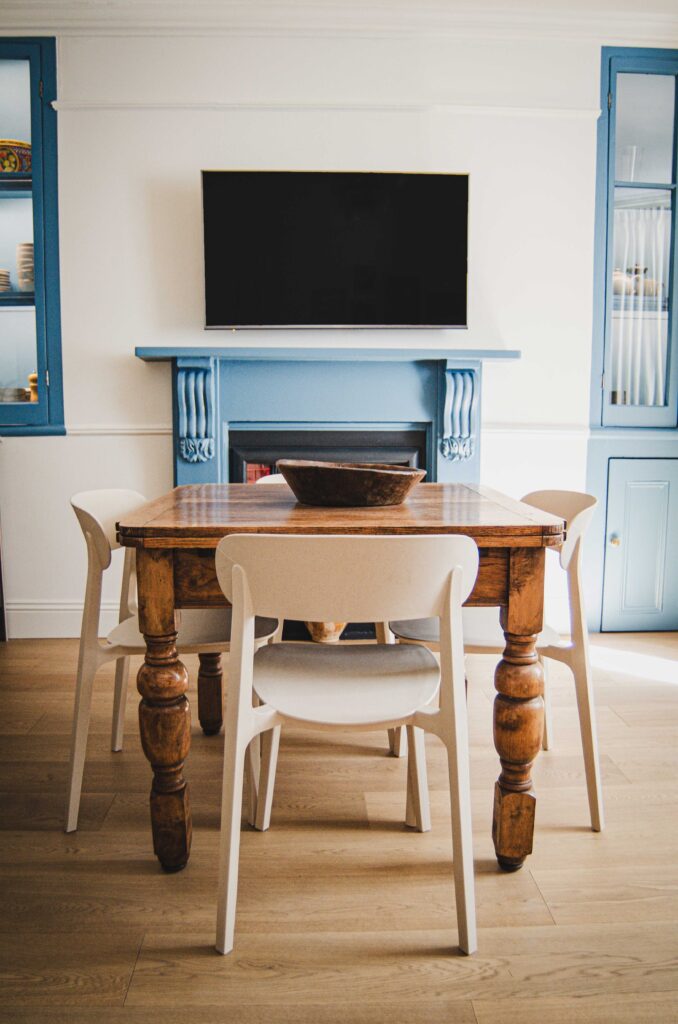
From the very beginning, sustainability wasn't just an afterthought. Boaz Studio worked with the client to establish sustainability KPIs, guiding every design and sourcing decision throughout the project.
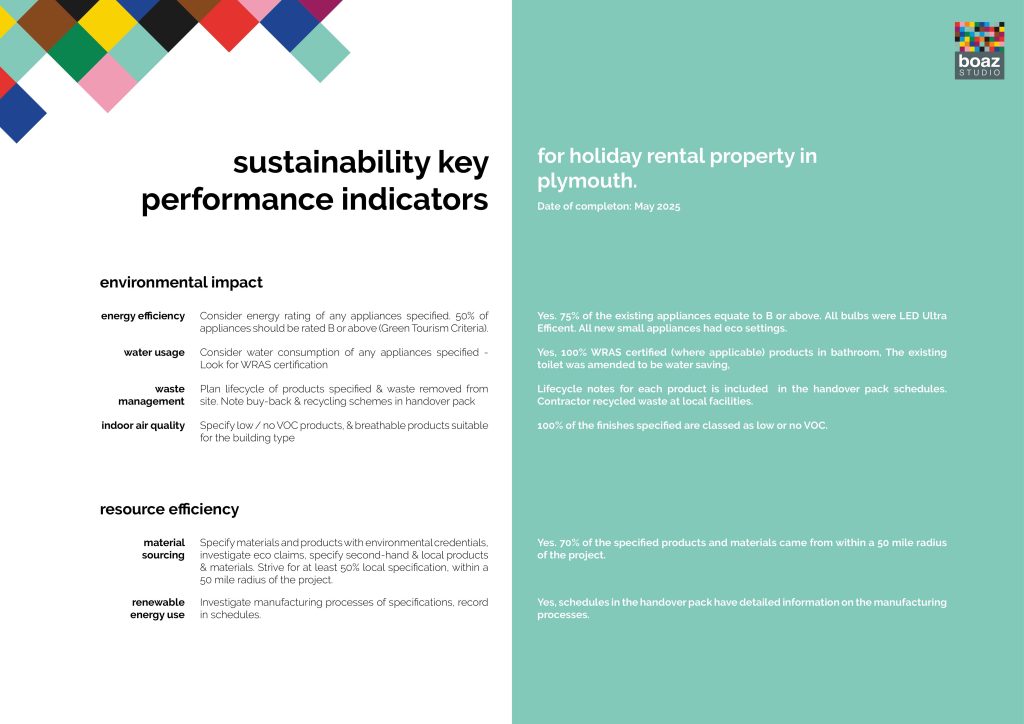
A robust specification schedule formed the project’s backbone: capturing finishes, fixtures, and every material detail—including distance from site, manufacturing processes, and third-party certifications. These were live spreadsheets and were accessible to everyone involved in the project.
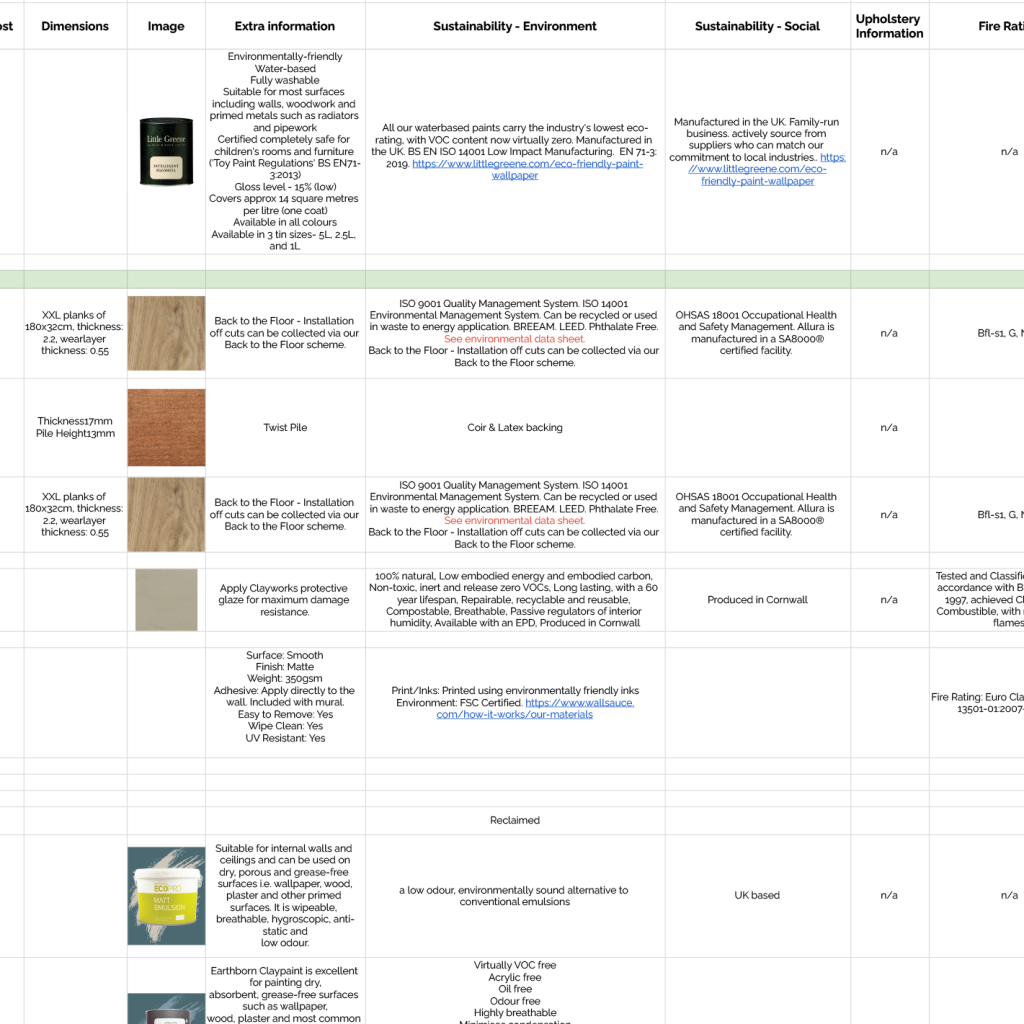
Boaz Studio invites suppliers to complete a sustainability questionnaire, fostering genuine conversations about environmental and ethical practices.
Something we’re especially proud of in this project is how far we went beyond the original sustainability target. The goal was to source at least 50% of materials locally—but we achieved closer to 70% of all furniture, finishes, and fittings from within a 50-mile radius of Plymouth. This included working with makers and suppliers across Devon, Cornwall, and the wider South West, as well as collaborating with fellow B Corps who share our values. The result is not only a lower carbon footprint, but also interiors that feel deeply rooted in place, supporting the local economy and craft community.
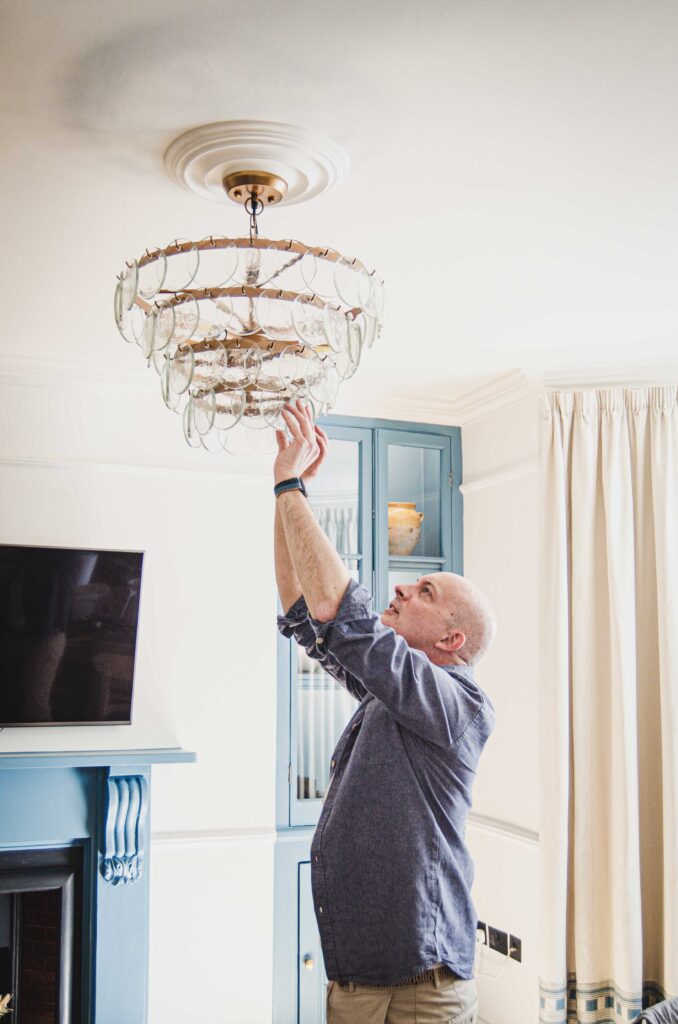
Where possible, existing appliances remained—if still functional and energy-efficient, this choice reduces unnecessary waste. New additions, like some of the bathroom fixtures, were WRAS-certified for water efficiency. The toilet was retained, but amended to be more water-efficient.
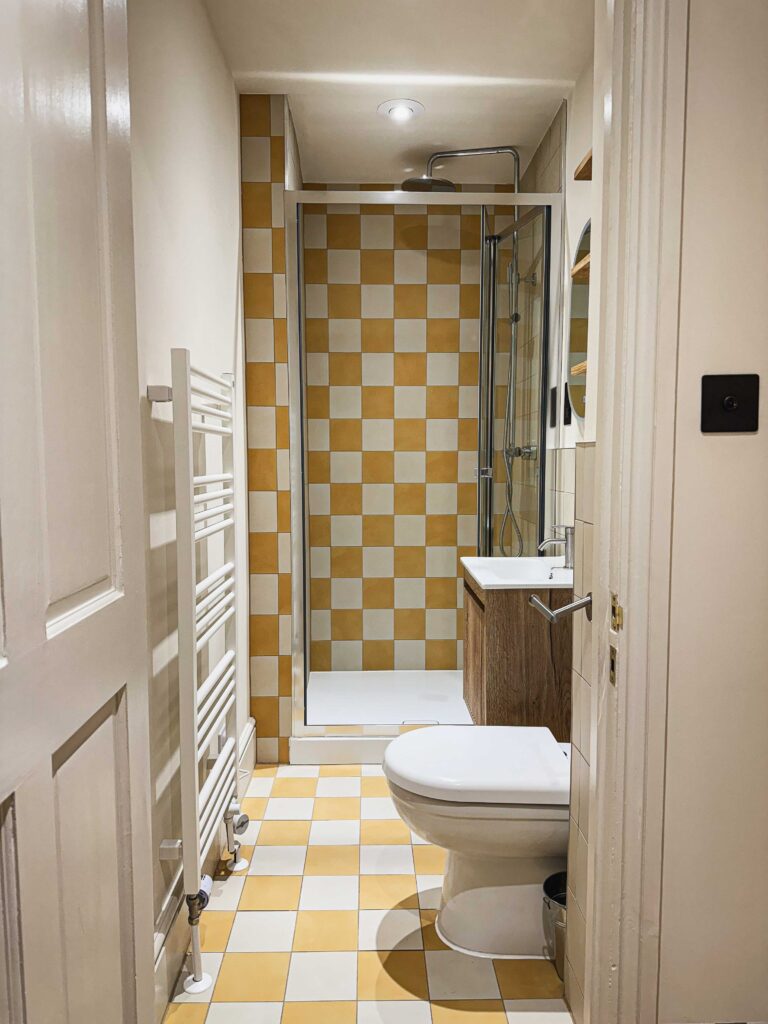
A lack of understanding about traditional building methods in more recent years meant the property had been updated with non-breathable materials, leading to damp issues. Given its historic character—built with lime render and natural materials—switching to breathable, low- or no-VOC paints and lime plasterwork was essential. This approach allowed the building to regulate moisture properly while also improving indoor air quality for residents and guests.
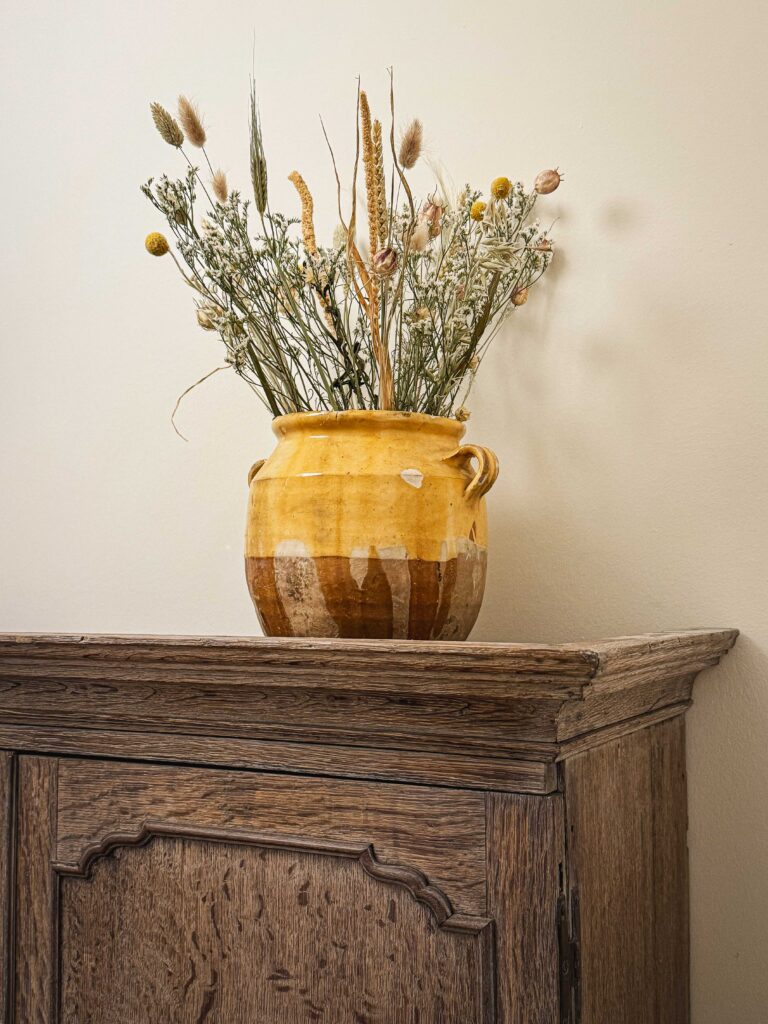
The contractor took care to manage construction waste responsibly, ensuring recycling was maximised wherever possible. At the end of the project, the client recieved a handover pack which included all the information we had used to specify the various finishes and products. End-of-life recommendations were noted, providing guidance on how materials can be reused, recycled, or disposed of sustainably. This documentation can be referenced throughout the life of the property and even passed on to future owners, supporting a circular design approach.
Designing a truly sustainable interior isn’t about ticking a box—it’s about embedding ethical, ecological, and social considerations into every decision.
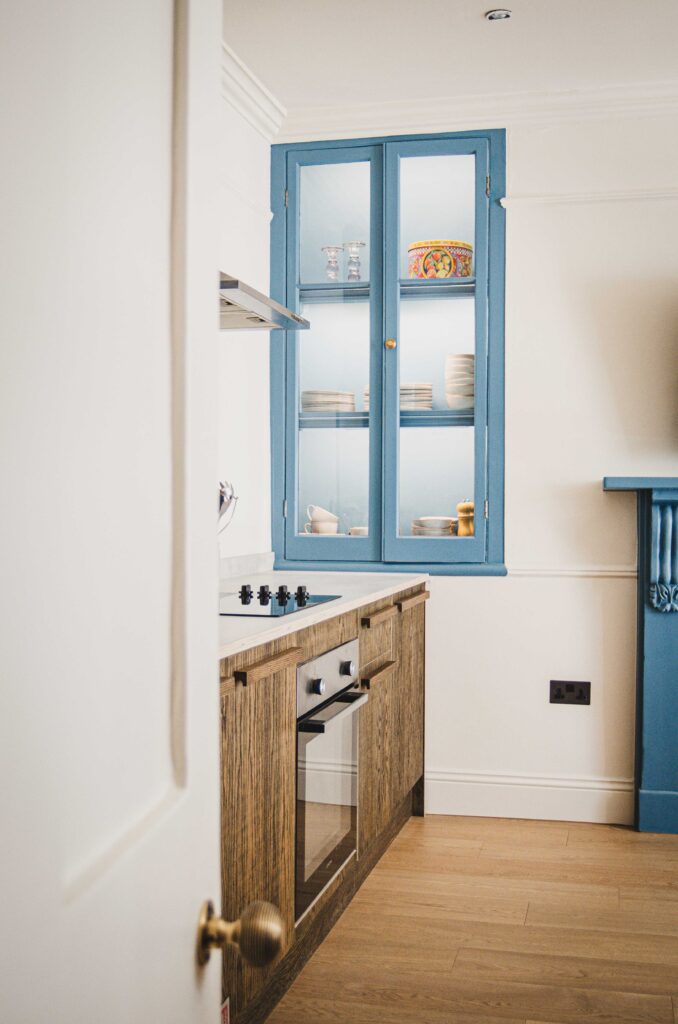
Absolutely. Designing a home that is beautiful, sustainable, and functional starts with intention. From sustainable frameworks and sourcing to breathable finishes and lifecycle thinking, every choice shapes a space that feels good—to live in, to experience, and to return to.


